Image Credit: Transition Zero
Image Credit: Transition Zero New walls for an old building: Workers lower a prefabricated wall section into place at one of the houses undergoing a deep energy retrofit in the Netherlands. The new entry door will line up with where the old door once stood.
Image Credit: Transition Zero Roofs get new insulated panels as well as photovoltaic (PV) arrays during the retrofit. The aim is to reduce energy consumption by about 15,000 kWh per house per year through a combination of conservation and on-site electricity generation.
Image Credit: Transition Zero It looks a lot like the existing wall, but the new prefabricated walls are heavily insulated. The cladding helps the houses retain much of their original character.
Image Credit: Transition Zero
A project called Transition Zero is retrofitting 111,000 public housing units in the Netherlands for net-zero energy performance, with homeowners swapping their heating and power bills for loan payments that cover the cost of the work.
In the end, it will cost these families no more to live in the newly refurbished, net-zero houses than it did when they were paying for heating, lights, and hot water. “The refurbishments are financed [by] the energy cost savings,” says the project’s website.
Retrofits should take less than ten days, ideally a week, and they come with a 30-year performance warranty from the builder.
As the four-year-old initiative gathers steam, program managers have proposed launching similar efforts in both France and the United Kingdom.
Transition Zero is the work of a not-for-profit development group called Energiesprong (meaning Energy Leap), which brokered deals between public housing associations and builders. The effort is ground-breaking in a number of ways. Not only do tenants see rents remain stable after major upgrades to their homes, but builders who design and install prefabricated building components work on the projects without government subsidies.
Unless you understand Dutch, or don’t mind using web-based translation software, getting some details about Transition Zero project will be somewhat complicated by a language barrier. Some web pages are in English, but others are not. Still, there’s more than enough available to learn how Transition Zero works.
The program is still ramping up
Project Manager Ron van Erck said by email that he wasn’t certain how many houses had been retrofitted to date. But Transition Zero would retrofit about 400 houses this year, he added, and a few thousand next year as the program hits its stride.
The initiative started in 2010 with €40 million in seed money, van Erck said. “In the Netherlands, government wanted a coherent program rather than separate small initiatives to bring solutions of energy efficiency to the housing market,” he said. “The government gave us enough leeway to bring this to market.”
The goal is to lower carbon emissions
For the time being, Transition Zero is focused on what’s called “social housing,” which, according to an article in The Washington Post, is similar to public housing in this country. In Europe, public housing is financed by government, but it serves middle-class families as well as low-income tenants.
Transition Zero puts homeowners in more comfortable, energy-efficient dwellings without forcing them to pay higher rent. But the broader goal, according to a document detailing efforts to expand the effort to France and the U.K., is reduced carbon emissions in the European Union.
“The point of departure of this proposal is focusing on ‘to create what is needed’ instead of focusing on ‘to do what is possible,'” the proposal says. “The implication of a CO2 reduction target of 80% by 2050 is that the European building stock needs to be (nearly) energy neutral by mid-century.”
Because buildings are usually refurbished no more often than once every 30 years, these deep energy retrofits must begin very soon, the proposal continues. To that end, Energiesprong is seeking €10 million to widen the program to include 100,000 homes in both the UK and France.
It’s going to take a few things to make the effort successful, Energiesprong says, including lower retrofit pricing so that savings in energy are sure to offset construction costs; delivery times measured in days rather than weeks; and upfront capital from financiers who can be confident their investments won’t go belly up.
Under normal circumstances, the cost of deep energy retrofits is “substantially” more than projected energy savings, Energiesprong says. “Therefore, we need an intensive innovation process in the construction sector focused on cost reduction, intervention time reduction, and energy performance guarantees,” the statement continues. “This means house owners need to collectively ask for a different type of offering from builders.”
Energiesprong says that choosing the right housing stock is essential to getting these programs off the ground: a sufficient number of similar units, a minimum of planning rule issues, and an existing need for maintenance. “Once a builder has developed a refurbishment proposition for one of these houses,” the proposal says, “it can be sold to many, meaning the innovation investment can be spread out over many houses.”
There are now projects all over the country, and once the kinks have been worked out, it will be easier to adopt it in the private housing market, the group says.
How do they do it?
In the U.S., a deep energy retrofit would take months. In the Netherlands, Energiesprong wants the work done in about a week, with homeowners able to stay put through most of the process. The target cost is €40,000 per house (about $50,700).
The web site (at least the portion of it in English) doesn’t explain very many of the technical details of the process. For example, we are not given the R-values and airtightness of the wall and roof assemblies before and after the work, or what upgrades to the mechanical systems would be typical. Details on the capacity of the installed photovoltaic (PV) systems are missing.
But the website does explain generally how it’s done. Window and door frames and the “roof cover” (roofing) are all removed as a first step. Then, brackets are added to existing walls and holes are bored through the wall for ventilation equipment. Prefabricated panels, which include insulation and exterior cladding, are delivered and craned into place. Finally, windows, roof panels, and new mechanical equipment are added. Projects also typically include a new kitchen and bathroom.
A video posted to the Energiespring website shows panels being lowered by crane into place on the outside walls of a house and workers bolting them to new brackets. Locals with big grins offer a few comments.
In his email, van Erck filled in some of the blanks. The retrofitted houses are all-electric, powered by a 6-kW PV system. There is no mechanical air conditioning, but houses have balanced ventilation systems. Hot water is provided by a heat pump.
The heat pump, inverter, hot water storage, and ventilation system are housed separately, rather than installed in the house, van Erck said. Wiring and ducts are contained in the prefabricated wall panels.
And how to explain the astonishing speed with which the retrofits are carried out? “Everything is prefabricated,” van Erck said in his email. “So installation does not take long.” The work is carried out by crews of three to five people.
The system relies on production-line economies of scale and speed, but because houses are not a completely uniform product, design and fabrication has to be flexible. The key, Energiesprong says, is to use “a 3-D scanning technique that allows to make a quick (and cheap) scan of all the relevant dimensions of a house with great precision.” The dimensions are used to generate technical drawings that guide production in the factory.
Energy retrofits offer big savings
According to Energiesprong, the houses completed in the Transition Zero (or E=0 as it’s called) program, conventional energy consumption should fall by 15,000 kWh per house per year. About two-thirds of that comes through energy conservation, and the rest from on-site generation.
Depending on the house type, homeowners usually pay between €120 and €180 ($150 to $225) per month on energy prior to the retrofits.
Overall, the investment will be very large. By the time all 111,000 houses in the Netherlands have been retrofitted, spending will have reached €6 billion, van Erck said by email.
In an interview, at Energy Post Energiesprong manager Jasper van den Munckhof said the starting point was what the country spends on household energy every year, about €13 billion. If that money went toward servicing a 30-year loan instead of energy, there would be €225 billion to invest in upgrading the country’s housing stock. “This is substantial money,” he said, “€30,000 to €40,000 per house to make it energy-neutral.”
Ultimately, he said, the aim of the initiative is “that people live in better houses, are not dependent on energy anymore and have power over their own energy. Energy became so politicized… Who do you know who drives a 1970s car? In housing stock, it goes a lot slower but you need to get them to the 21st century also.”
_______________________________________________________________________
Scott Gibson is a contributing writer at Green Building Advisor and Fine Homebuilding magazine.
Weekly Newsletter
Get building science and energy efficiency advice, plus special offers, in your inbox.

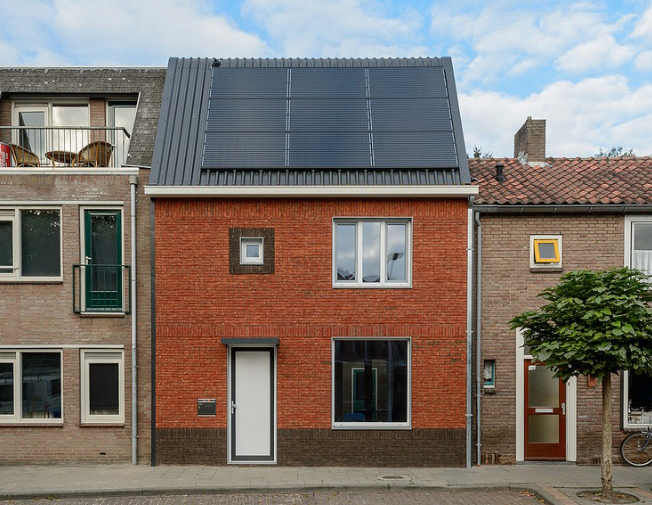




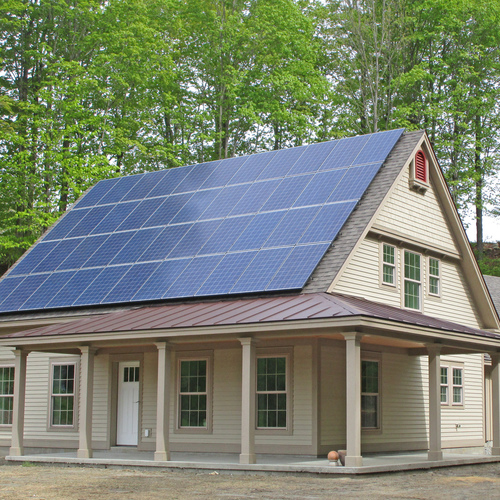
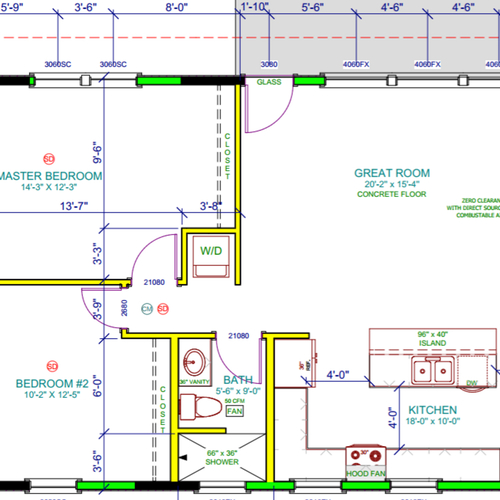
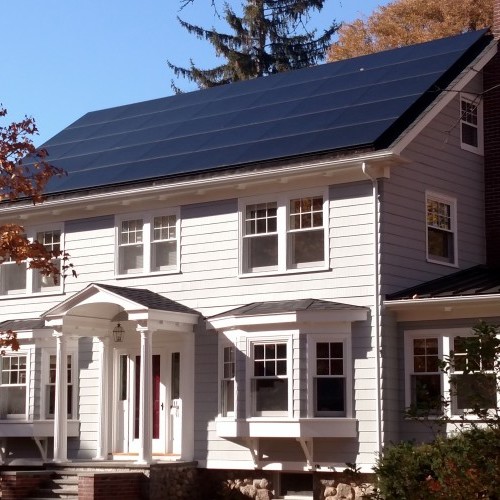
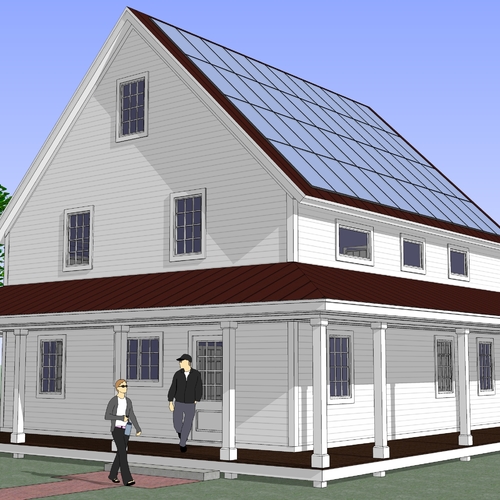






One Comment
Thanks to Scott Gibson and Dana Dorsett
Thanks, Scott, for a great news article.
And thanks also to Dana Dorsett for sending us the tip that led to the article. We appreciate it!
Log in or create an account to post a comment.
Sign up Log in